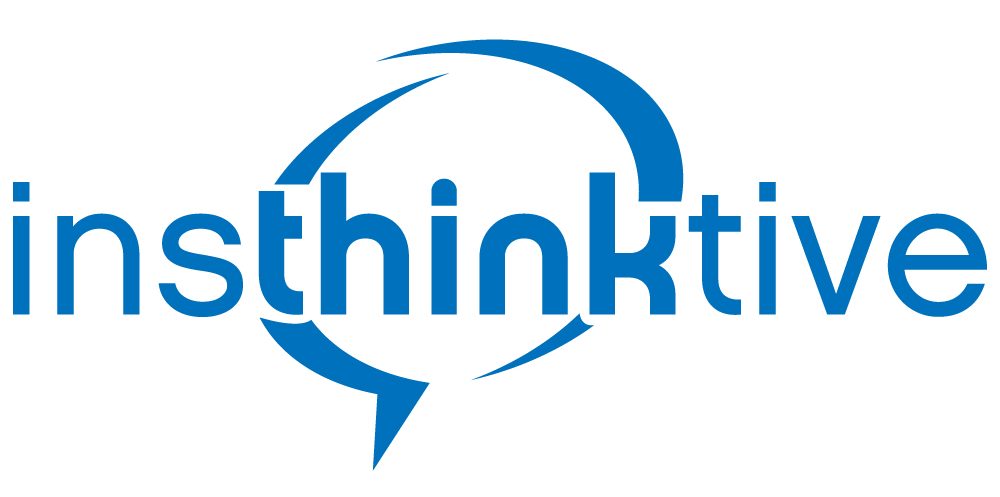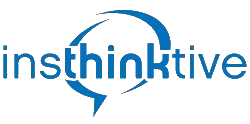If only I could get 1 for every time I hear this. It would pay for my holiday every year..
Those of you who work with me or know will also know I am a keen advocate of CRM systems. I see them as a powerful sales enablement tool. But of themselves they do not constitute a sales process. In fact before you implement a CRM system you need to map out your sales process. And before you map out your sales process you have to map out your buyer’s process.
Are you all processed out? I? not surprised but if you have a CRM that does not mean you have a sales process. And if you think you do you may need to rethink your approach.
The Sales Process Simplified
Let’s try to simplify what I believe to be a sales process. Here is what it is not…
It is not YOUR process. You can? determine what your sales process is. Your customer does. How?
Well your customer and how they buy is the building block to every sales process. When you understand how they buy, you can understand how you should sell to them.
Does your CRM system understand how your customer buys? No. Actually a better question is to ask yourself ?o you truly understand how your customer buys or procures?
PROCURES
Here is a simple model for a buying process. Now the first thing to remember is that it is only a model. It is rare that you can find a one size fits all approach. And procurement like most business processes is rarely linear.
Problem Definition
Research Solutions
Onboard Potential Partner
Clarify Preferences
Understanding Impacts
ROI Evaluations
Satisfaction and Evaluation
P – Problem Definition;
This is the critical point in the Buyer’s process. A problem has arisen. A challenge needs to be overcome. Your key action is to determine what the key triggers are for buyer’s that suddenly drive them to source a solution.
For example you may be a technology organisation and you find that a key trigger for your buyers is a strategic decision to reduce costs and improve organisation responsiveness by eliminating administration personnel and introducing more technology.
R – Research Solutions
Here your prospects begin to research the marketplace for options. And their first port of call will be Google. Do you provide enough information on your website to guide your prospect to the next stage? Are you capturing information on who is viewing your website and what they are reading or downloading?
O – Onboard Potential Partner
In this stage the buyer is looking to talk to potential partners/suppliers. If they reach out to you how do you respond? Remember that 78% of sales go to the first respondent. Remember too that 40% of web leads are NOT responded to…and in 48 hours they will have forgotten they ever contacted you in the first place.
C – Clarify Preferences
At this stage of the process your buyer is now narrowing their focus on a few potential partners/suppliers. And drawing up a more detailed specification of requirements and goals. How do you ensure you are part of this process?
U – Understanding impacts
A logical extension of the Clarify Preferences is to understand the impact a decision to use your product or service will have on the business. Remember impact is determined by the client not you.
R – ROI Evaluations
Remember that throughout the buying process there can be a committee of stakeholders involved. Typically ROI analysis takes place later in the buying process and it will involve Finance and Procurement. But be mindful that ROI and what is valued is determined by your prospect. And if there are a committee of decision makers they may have very different definitions of ROI to them.
E is Engage And Entrust
This is the supplier selection phase. The use of Entrust is deliberate. All of the analysis and evaluation will count for nothing if you are not trusted and seen as a trusted advisor. Remember trusted advisors are 69% more likely to succeed. How do you position yourself as a trusted advisor?
S – Satisfaction and Evaluation
In this phase you have won the business and you are delivering your product or service. What will your buyer actions be to measure performance? How will you engage with them and ensure you deliver to their expectations?
Now simply by just reviewing these phases I hope you have come to the realisation that you may have a sales process that is simply not fit for purpose.
That’s okay because over 90% of organisations don’t have one either. But herein lies the opportunity for you to leave your competition behind.
Design Your Sales Process Around PROCURES
So put the CRM system aside for some time and get back to basics. How can you design a sales process that matches how your prospect PROCURES?
Here’s what I suggest.
Get out your whiteboard or buy some SmartWallPaint (they are a client and deserve a plug) do the following
R – Research Solutions
Write down the triggers that cause your prospects to realise they have a problem and need to get it solved.What content or steps can you create/take to ensure that you are on their radar?
O – Onboard Potential Partner
How do you ensure that you are selected as a potential partner?
C – Clarify Preferences
What steps can you take to help prospects draw up a specification with you?
U – Understanding impacts
What content can you create to educate your prospects through this stage?
R – ROI Evaluations
What evidence can you produce to substantiate your claims that you deliver value for money?
E is Engage And Entrust
What do you do throughout the engagement process that positions you as trusted advisors?
S – Satisfaction and Evaluation
What will you do to ensure great execution and customer service is delivered?
Brainstorm ideas for content creation and nurturing steps to move your prospects through each phase.
Remember to that you are likely to be dealing with multiple stakeholders/decision makers. Make sure you have content that nurtures all.
Hopefully by now you have realised that the CRM is NOT the sales process. When you have all the above done you are ready to leverage your CRM. But that’s another story. Keep watching and I?l show you how.
More Sales. More Consistently. In Less Time.
Contact Ronan atcoachronan@insthinktive.com or 086 7732201



